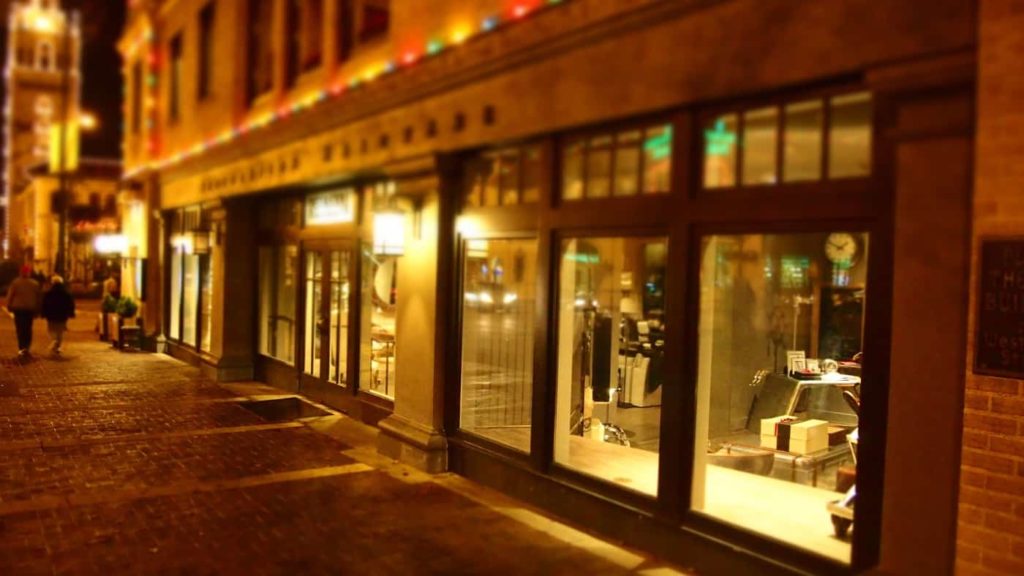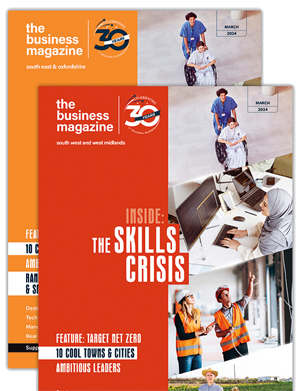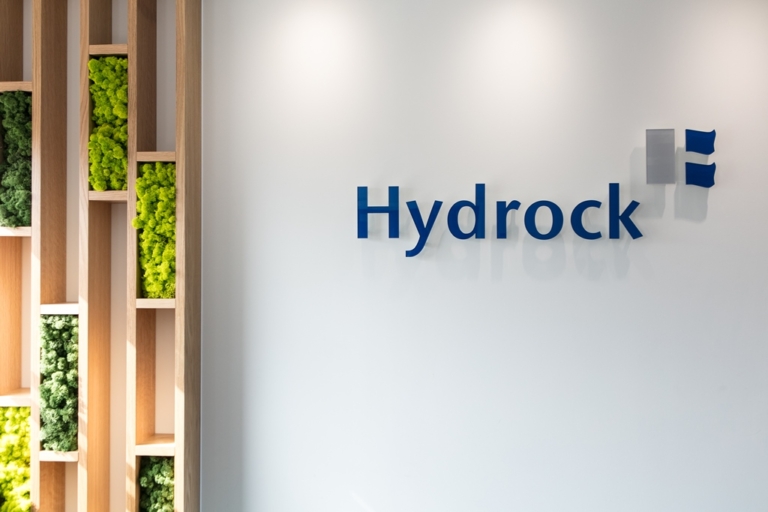Solent: High streets shrink as store closures outnumber openings

What does the future look like for Southampton retailers as high-street closures continue across the South East? Research compiled by PwC investigates recent trends.
- The first half of 2019 saw a net decline of 1,234 chain stores on Britain’s top 500 high streets - the highest number since analysis by PwC and the Local Data Company began in 2010
- The South East saw a net loss of 167 in the first half of 2019, with 240 store openings and 407 closures
- The Solent saw a net loss of nine in the first half of 2019, with 19 store openings and 28 closures
Continued growth in online shopping, shift to in-home leisure and heightened restructuring activity has seen the half-year net reduction in stores on Britain’s high streets hit record levels, according to research compiled for PwC by the Local Data Company (LDC).
The first half of 2019 saw almost twice as many store closures (16 per day) as openings (nine per day). In total, 1,634 stores opened and 2,868 stores closed over the period, leading to a net decline of 1,234 stores (compared with a net decline of 1,123 in the first half of 2018).
In this period, 19 shops opened and 28 closed across the four Solent towns included in the data, representing a nine-outlet reduction across the region. Southampton had the highest net fall of 11, with eight openings and 19 closures (see Table 1).
There was limited growth across the wider South East, with 240 openings and 407 closures across the region. Retailers with particularly heavy closures were estate agents, recruitment agencies and games shops.
Table 1: Net fall in retail openings and closures in Solent towns from Jan - July 2019
| Town centre | Businesses Jan 2019 | Businesses July 2019 | Net fall | Openings | Closures |
| Southampton | 406 | 395 | -11 | 8 | 19 |
| Portsmouth | 161 | 159 | -2 | 1 | 3 |
| Eastleigh | 138 | 139 | 1 | 6 | 5 |
| Fareham | 142 | 145 | 3 | 4 | 1 |
(Source: Local Data Company)
However there was some positive growth in the Solent region, with both Eastleigh and Fareham seeing positive growth (see Table 1).
The retailers also seeing some positive growth on the South East high streets were supermarkets, hearing aid shops and health clubs amongst the fastest growing in the first half of the year.
Julian Gray, office senior partner at PwC Southampton, said: “High streets across the Solent are changing. With the ever-growing presence of online retailers, local businesses will need to innovate and adapt to remain successful.
“There’s a lot of hard work being undertaken at present as the long-term future for the Solent is currently being shaped through the Local Industrial Strategy - it’s an exciting time for the region’s high streets and an opportunity to harness new opportunities.”
Sandy Hopkins, chief executive at Southampton City Council, commented: “The city remains in the top 20 UK destinations for retail and the council is working with partners including our Business Improvement District ‘GO! Southampton’ to maintain our share of this market.
“We were delighted to get through to the second round of the government’s Future High Streets Fund. We are now refining our bid – focused on the Heart of the City and the new Bargate development – to re-purpose disused premises, deliver world-class, car-free public realm and further improve the quality of the offer available to visitors, including cruise passengers and crew.
“We are already bringing forward exciting and ambitious plans for the city to include quality jobs and city centre living which will boost the local economy and provide new business for retailers in the city.”
Lisa Hooker, consumer markets leader at PwC, said: “The record net decline in store numbers in the first half of 2019 shows that there’s been no let-up in the changing ways that people shop and the cost pressures affecting high street operators.
“While retailers need to keep investing to make sure their stores and propositions are relevant to today’s consumers, it’s also critical that all stakeholders find ways to ease the burden on operators, keep investing in the high street, and encourage new and different types of operators to fill vacant space.
“The good news is that there are green shoots as new entrants are even entering embattled sectors such as fashion. Our research tells us that consumers still want to spend their money in well located and invested stores and leisure venues on the high street.
“However, as consumers continue to change the way they shop and spend their leisure time, the reality is that we may need fewer high streets in the future. This opens up opportunities to repurpose high street space for other uses, while the remaining space evolves to meet consumer demand for convenience, choice and experience.”
Fashion retail continues to be the hardest hit sector, with 10 stores a week closing, mainly as a result of high profile administrations, alongside CVAs and restructurings -particularly amongst major mid-market chains.
While the decline in many service sectors are likely to continue, the fact that fashion and restaurant closures have been dominated by one-off administrations and CVAs, suggests that this decline may ease in the coming year.














